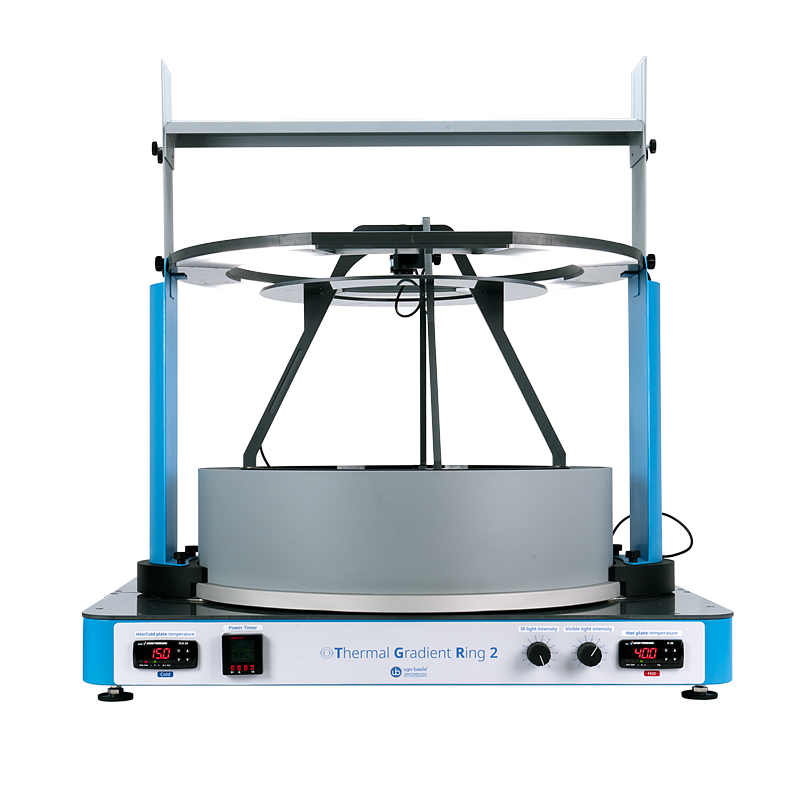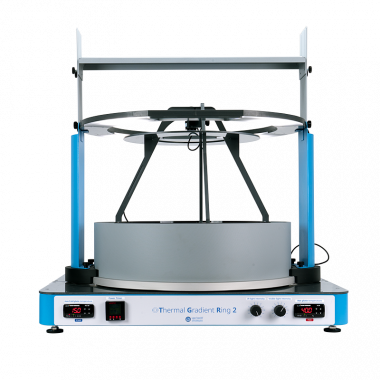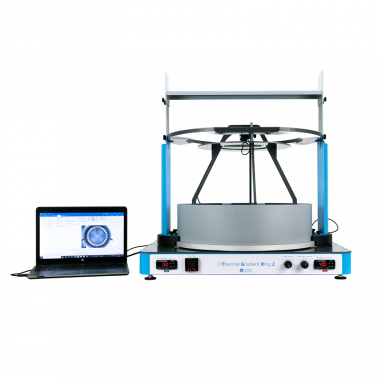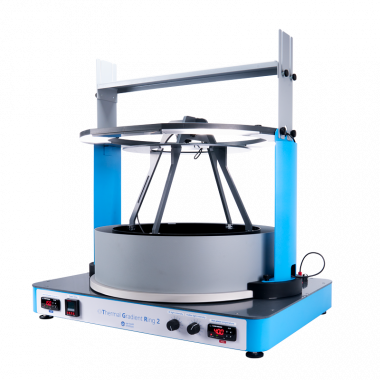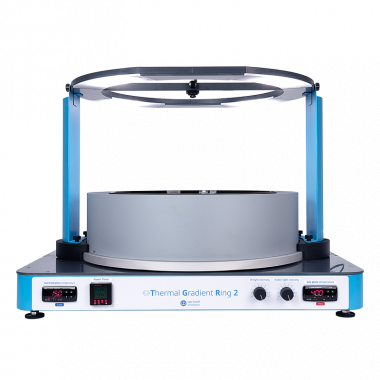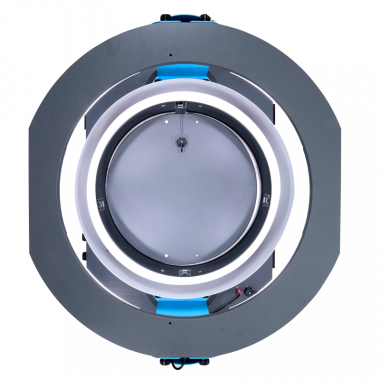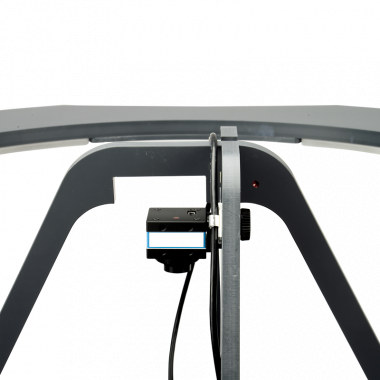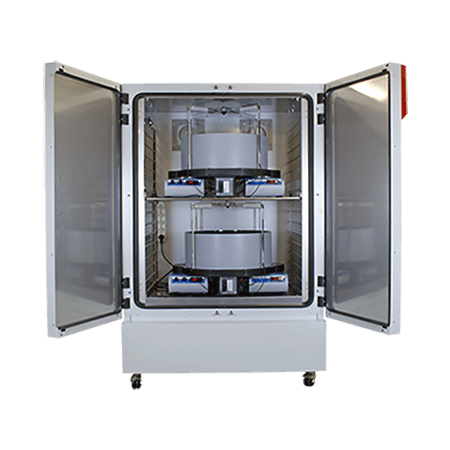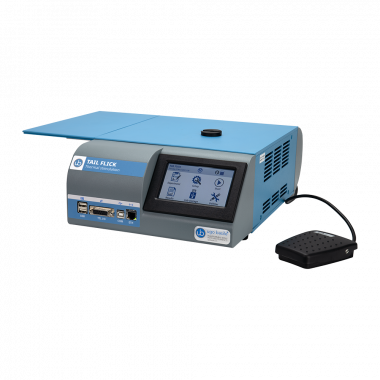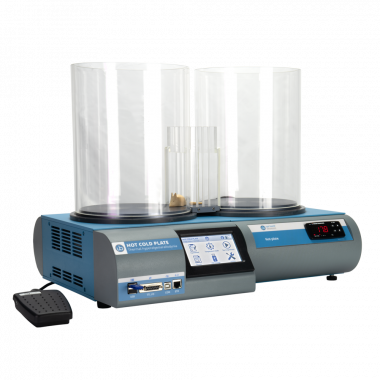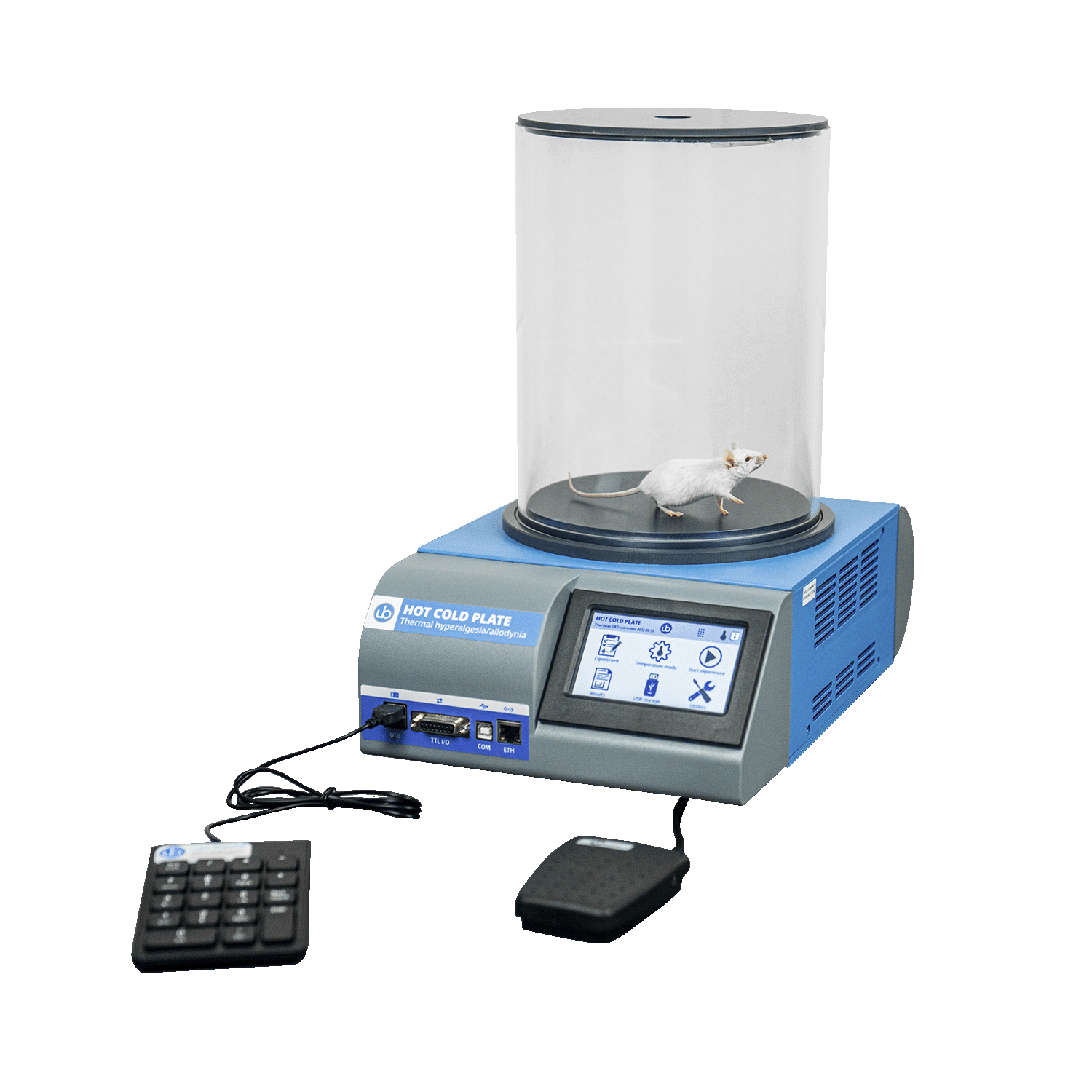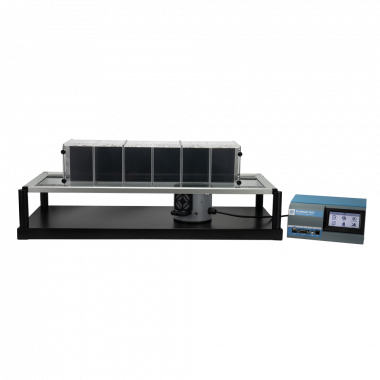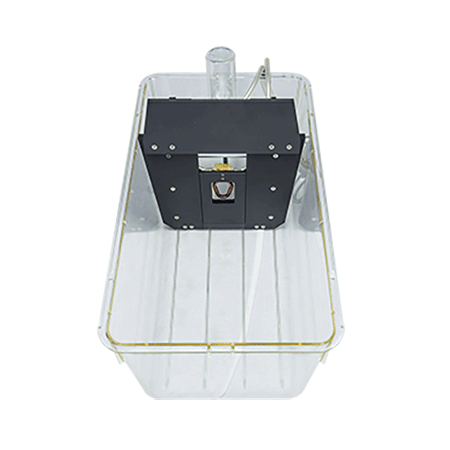Hakim, S. et al. (2025), "Macrophages protect against sensory axon loss in peripheral neuropathy", Nature
doi:https://doi.org/10.1038/s41586-024-08535-1
Tinajero, A. et al. (2025), "Spontaneous and pharmacologically induced hypothermia protect mice against endotoxic shock", British Journal of Pharmacology
doi:https://doi.org/10.1111/bph.70000
De Melo, P. et al. (2025), "Non-invasive and unbiased assessment of thermogenesis in mice through thermal gradient ring", bioRxiv
doi: https://doi.org/10.1101/2025.02.17.638667
Tominaga, M. et al (2024), "Thermal gradient ring for analysis of temperature-dependent behaviors involving TRP channels in mice", The Journal of Physiological Sciences
doi:https://doi.org/10.1186/s12576-024-00903-w
Zimmermann, K. et al. (2024), "Topical menthol, a pharmacological cold mimic, induces cold sensitivity, adaptive thermogenesis and brown adipose tissue activation in mice", Diabetes, Obesity, Metabolism
doi:https://doi.org/10.1111/dom.15781
Hastings, L. E. et al. (2024), "Cold nociception as a measure of hyperalgesia during spontaneous hero*n withdrawal in mice", Pharmacology Biochemistry and Behavior
doi:https://doi.org/10.1016/j.pbb.2023.173694
Gaffney, C. M. et al. (2024), "Inflammatory Neuropathy in Mouse and Primate Models of Colorectal Cancer", bioRxiv
doi: https://doi.org/10.1101/2024.07.19.604274
Tominaga, M. et al. (2023) “Involvement of skin repetitive in temperature detection regulated by TMEM79 in mice”, Nature Communications
doi:https://doi.org/10.1038/s41467-023-39712-x
Vogel, A. et al. (2023), "Repetitive and compulsive behavior after Early‑Life‑Pain associated with reduced long‑chain sphingolipid species", Cell & Bioscience
doi:https://doi.org/10.1186/s13578-023-01106-3
Choung, V. et al. (2023) ‘The glucagon-like peptide-1 (GLP-1) analogue semaglutide reduces alcohol drinking and modulates central GABA neurotransmission’, JCI Insight.
doi: 10.1172/jci.insight.170671
Richardson, R.S. et al. (2023) ‘Pharmacological GHSR (ghrelin receptor) blockade reduces alcohol binge-like drinking in male and female mice, Neuropharmacology
doi:https://doi.org/10.1016/j.neuropharm.2023.109643.
Richardson, R.S. (2023) ‘Binge-Like Alcohol Drinking: The Intersection of Ghrelin, Stress, and Alcoh*l Use Disorder’
Valek, L. et al. (2022), "Cold avoidance and heat pain hypersensitivity in neuronal nucleoredoxin knockout mice", Elsevier
doi: https://doi.org/10.1016/j.freeradbiomed.2022.09.010
Tominaga, M. et al. (2022) "Thermal gradient ring reveals thermosensory changes in diabetic peripheral neuropathy in mice", Nature
doi:https://doi.org/10.1038/s41598-022-14186-x
Xue, Y. et al. (2022) "The Human SCN9AR185H Point Mutation Induces Pain Hypersensitivity and Spontaneous Pain in Mice", Frontiers in Molecular Neuroscience
doi:https://doi.org/10.3389/fnmol.2022.913990
Tominaga, M. et al. (2022) "Thermal gradient ring reveals different temperature-dependent behaviors in mice lacking thermosensitive TRP channels", The Journal of Physiological Sciences, 72(1).
doi:https://doi.org/10.1186/s12576-022-00835-3
Tegeder, I. et al. (2022), "Optogenetic Early Life Pain leads to cortical hyperexcitability, nociceptive hypersensitivity and repetitive behavior", Research Square
doi:https://doi.org/10.21203/rs.3.rs-2051833/v1
Lei, J. (2022), Interaction between TRPV3 and TMEM79 in mouse keratinocytes and its physiological significance
Valek, L. et al. (2021), "Prodromal sensory neuropathy in Pink1−/−SNCAA53T double mutant Parkinson mice", Neuropathology and Applied Neurobiology
doi:https://doi.org/10.1111/nan.12734
Bertamino, A. et al. (2020), "Exploration of TRPM8 Binding Sites by β‑Carboline-Based Antagonists and Their In Vitro Characterization and In Vivo Analgesic Activities", Journal of Medical Chemistry
doi:https://doi.org/10.1021/acs.jmedchem.0c00816
Valek, L. et al. (2020) ‘Early prodromal sensory neuropathy in Pink1-SNCA double mutant Parkinson mice’, Research Square
doi:https://doi.org/10.21203/rs.3.rs-18284/v1
Zimmerman, K. et al. (2017), "Cold Temperature Encoding by Cutaneous TRPA1 and TRPM8-Carrying Fibers in the Mouse", Frontiers in Molecular Neuroscience
doi: https://doi.org/10.3389/fnmol.2017.00209
Zimmerman, K. et al. (2016), "Comprehensive thermal preference phenotyping in mice using a novel automated circular gradient assay" Journal Temperature

